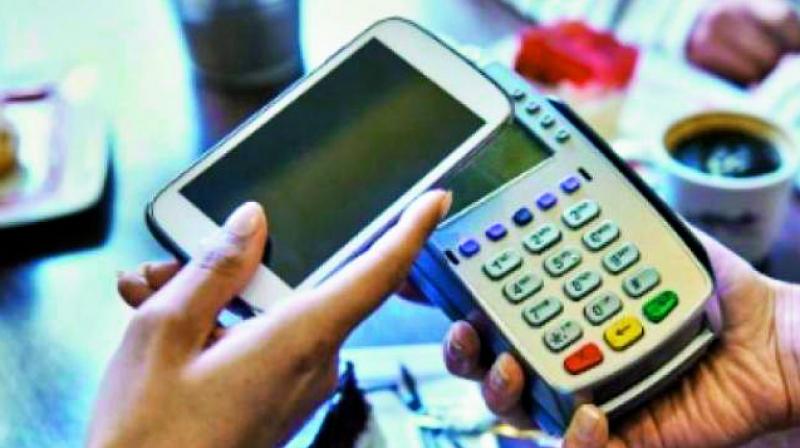Demonetisation, smartphone penetration drive digital travel sales

Chennai: Demonetisation and smartphone penetration appear to drive the digital travel sales and the tier II and III cities seem to catch up.
Majority of growth in India’s digital travel is increasingly being led by tier-II and tier-III cities, as digital transactions in these areas rise on the back of increasing penetration of smartphones and the Internet. The BJP-led government’s move to remove high currency notes out of circulation in November 2016 is expected to have further catalysed the growth of digital travel sales in the country during 2017.
In 2017, India was projected to have accounted for 3.7 per cent of the global digital travel sales - making it the third-largest market by value in the Asia-Pacific (APAC) region. The online sales of travel booking is likely to increase at a CAGR of 14.8 per cent during 2017–21. This uprising of digital travel in India can be attributed to the increasingly digitally savvy Indian travellers, according to India Cruise Lines Association.
Following the global scenario, the Indian players are also leveraging various tools, technologies and digital platforms, primarily to improve customer experience, build strong loyalties and run businesses efficiently. In fact, online sale of travel bookings including airlines, hotels, car rentals, cruises, accommodation aggregators and other transportation modes is expected to have grown 33 per cent in 2017.
Further, travel and hospitality companies have been building upon the evolutions brought forth by innovations such as smartphones, social media, Big Data analytics, AI and machine learning, VR and AR.
The pace of evolution significantly improved with easy access to high-speed internet, proliferation of smartphones, and several other technological developments.

